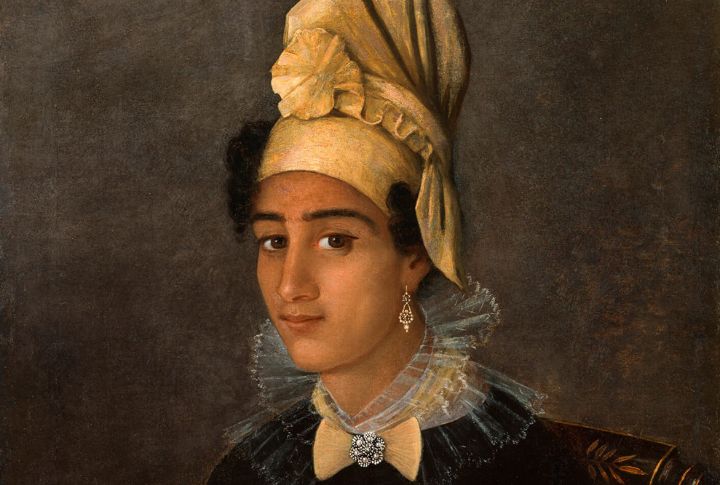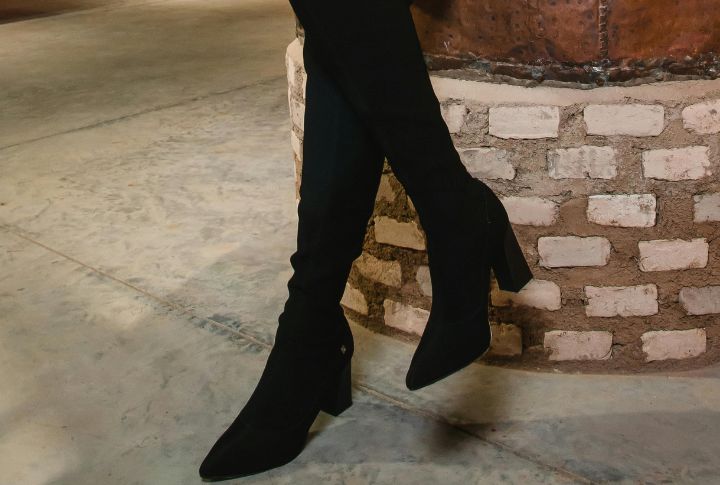
Throughout history, societies used clothing rules to restrict women’s choices and enforce order. At times, such regulations sparked subtle acts of defiance, which revealed deeper struggles over power and autonomy. These ten examples show how dress codes controlled appearance and shaped women’s public lives and identities.
Corsets Reinforced Control

Corsets shaped waists to fit idealized silhouettes from the 16th to early 20th centuries, even though tight lacing could cause health problems like restricted breathing. This enforced physical conformity symbolized submission and discouraged active or rebellious behavior.
No Trousers Allowed

Until the late 20th century, many Western countries prohibited trousers in public for females. These restrictions cemented strict gender divisions in fashion and narrowed clothing choices. At the time, trousers were widely seen as unsuitable attire for women.
Ban On Colorful Clothing

Women have faced bans on vibrant clothing as it was seen as rebellious or inappropriate. For example, the Taliban forbade colorful attire by labeling it “sexually attractive.” Victorian norms enforced muted tones for modesty. Even some modern workplaces subtly discourage wearing bold hues.
Ban On Loose Clothing

During the Victorian era, loose or flowing garments were considered improper outside the home. Structured outfits with defined silhouettes were expected for public appearances. This practice limited casual comfort and upheld rigid dress codes in social settings.
Banning Short Hairstyles

During the 1920s, short haircuts like the bob became symbols of liberation. Many schools and workplaces banned such styles as they associated them with immoral or rebellious attitudes. This opposition reflected broader societal fears about changing gender roles and independence.
Dress Codes To Stop Protests

Suffragettes often adopted specific attire as a powerful form of political expression. Authorities regulated clothing to suppress visual symbols like white dresses and purple sashes used by the movement. Apparel became a tool to limit the public presence of these activists.
Forcing Black Women To Cover Their Hair

In Louisiana, the Tignon Law required Black women (both enslaved and free) to cover their hair in public with a scarf or wrap known as a tignon. This law was enacted because these elaborate hairstyles were seen by white authorities as a threat to the social order and a challenge to racial hierarchies.
Restrictions On Jewelry

In certain historical periods, especially in Puritan societies and some Asian cultures, strict limits existed on wearing excessive jewelry. Flashy accessories were viewed as signs of vanity or rebellion against modesty norms. Regulations often mandated simple adornments or none at all in public.
Ban On Certain Types Of Footwear

Throughout history, women were often banned from wearing certain types of footwear, such as boots or ornate slippers. These constraints solidified gender roles and social class distinctions while also limiting women’s mobility and participation in public life through seemingly simple dress codes.
Denim Bans

Denim jeans were often deemed inappropriate in the mid-20th century, especially in schools and workplaces. This rugged fabric was associated with masculinity and manual labor, so bans aimed to keep fashion “feminine” and discourage the rebellious image denim represented.

Comments
Loading…